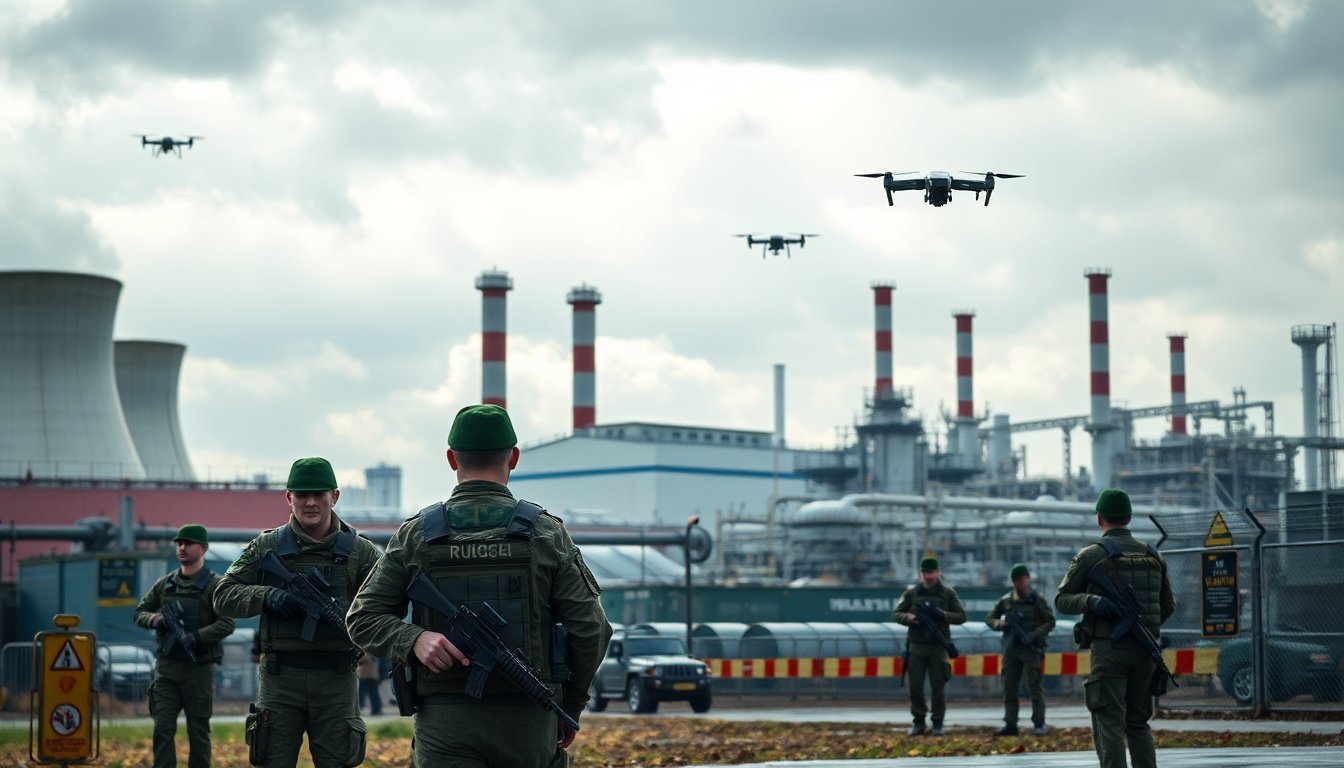Table of Contents
In a significant move, both chambers of the Russian Parliament have enacted new laws allowing the state to summon reservists for the protection of critical infrastructure during designated special drills. This legislation aims to safeguard essential sites such as energy facilities, transportation hubs, and industrial complexes from potential drone strikes, particularly from Ukraine.
Russia’s pool of reservists has increased dramatically, now numbering approximately 100,000 individuals, a stark rise from just 2,000 in mid-2025. This surge is linked to the military buildup preceding Russia’s invasion of Ukraine. Investigative findings from Meduza reveal an executive order from President Putin in, proposing the establishment of specialized state-owned entities composed entirely of reservists.
This initiative has already been implemented in regions such as Belgorod and Kursk, following Yevgeny Prigozhin’s mutiny.
Legislation analysis and implications
Further examination of the new legislation indicates it does not strictly limit the duration of the reservists’ special drills, currently set for a 60-day period.
However, officials have informally expressed a willingness to extend these practices indefinitely. Under the new rules, reservists who sign contracts for active military service will be removed from the mobilization reserve roster, yet they remain prime candidates for future mobilization due to their updated medical statuses and prior military experience.
Mobilization without mass conscription
The possibility of another mass mobilization remains, but the recent legislation seems to provide a strategic approach to integrate personnel into military roles without a sweeping call-up. A presentation by the General Staff, intended for internal audiences, indicated that utilizing reservists for state-owned enterprises would reduce the need to forcibly conscript civilians lacking military skills.
Challenges faced by Russian military evaders in Europe
The situation for Russian citizens fleeing military service has become increasingly precarious, particularly in certain European Union countries. In June 2025, a 21-year-old named Daniil Mukhametov attempted to evade conscription by boarding a train to Kaliningrad.
During the journey, he jumped from the train as it passed through Lithuania, eventually seeking asylum in Finland. Unfortunately, Mukhametov became one of over 100 Russian nationals facing deportation orders from Finnish authorities. Finnish officials have claimed they are not obliged to consider conscription as legitimate grounds for asylum, incorrectly asserting that Russia has concluded its mobilization efforts.
Mukhametov currently awaits deportation back to Lithuania, with the potential for subsequent extradition to Russia. This situation underscores the complex legal and political landscape surrounding asylum claims from those attempting to evade military service in Russia.
Russia’s military advancements and international relations
Meanwhile, ongoing operations by the Russian military raise concerns regarding the efficacy of international treaties. Ukraine’s Foreign Minister Andrii Sybiha has reported that Moscow has conducted 23 attacks this year using ground-launched 9M729 missiles. This missile system, which had been a point of contention, prompted the United States’ withdrawal from the Intermediate-Range Nuclear Forces Treaty in 2019 due to its secretive development. Sybiha noted that these missile strikes began shortly after a controversial summit between Donald Trump and Vladimir Putin in Alaska.
Diplomatic tensions and military strategies
The use of the 9M729 missile against Ukraine illustrates a blatant disregard for diplomatic efforts made by the United States, especially under Trump’s administration. When asked about these allegations, Kremlin spokesperson Dmitry Peskov directed inquiries to the Defense Ministry while maintaining that the missile’s capabilities do not violate the treaty’s established range limits.
As the geopolitical landscape shifts, both Ukraine and Russia have actively sought to influence the American administration’s stance. Each side is engaged in a tactical balancing act, attempting to secure favor with the U.S. while simultaneously warning against perceived threats to their narratives.





